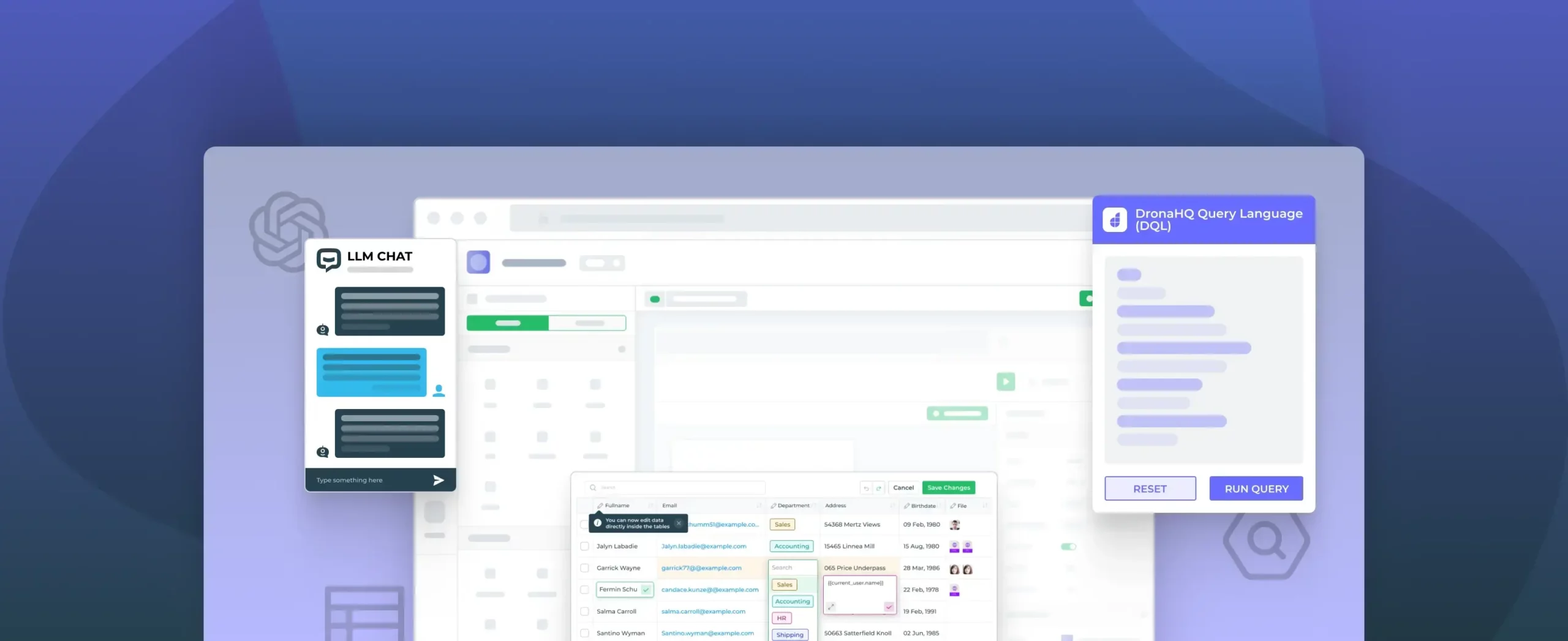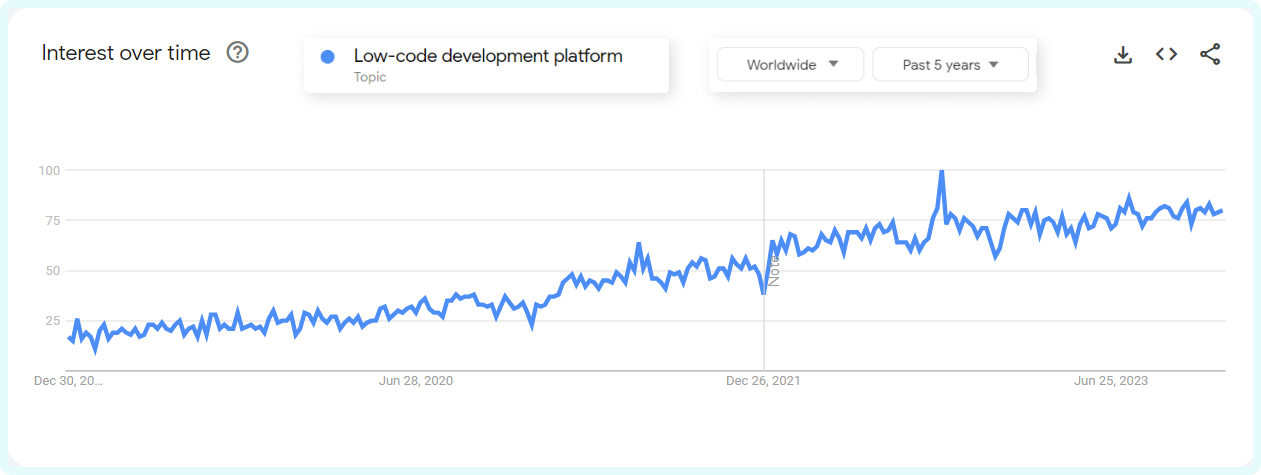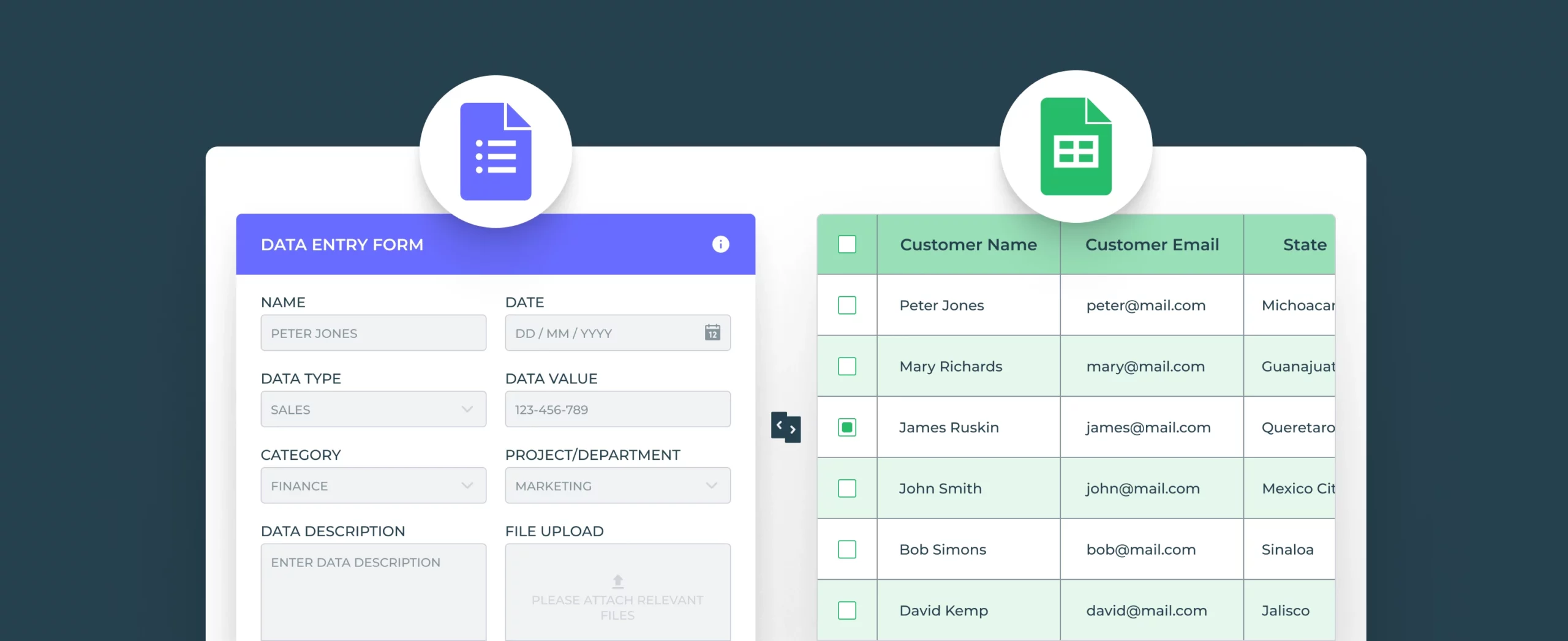

Low-code Market Overview
Just two years ago, advocating for low-code technology at a local meetup would have likely placed me in the minority. However, the landscape has transformed dramatically. In a recent gathering, more than 60% of attendees were actively involved in low-code application development or, at the very least, well-acquainted with its concept. This shift underscores the rapid and widespread adoption of the technology and how the low code market is transforming from a niche topic to a mainstream force in the custom application development space.
Source: Google Trends
TL;DR
- Low-code and no-code approaches are redefining how businesses create applications
- Low-code market is poised to hit $187 billion by 2030
- Valued at $7.61 billion in 2021, set to reach $36.43 billion by 2027
- Over 65% of application development relies on low-code tools
- The demand for digital transformation is soaring
- The demand for low-code developers are rising
What is low code?
Varsha Mehta, Senior Market Research Specialist at Gartner, encapsulates the essence of low-code platforms perfectly, stating, “Providing both developers and non-techies with various low-code platforms enables organizations to reach the level of digital competency and speed of delivery required for the modern agile environment.”
Benefits of low code
Low code is making business life easier, no matter the size:
- Doing things faster: Low-code tools help businesses speed up their work, making both internal tasks and customer interactions quicker and more automated.
- Making processes smoother: With low code, businesses can simplify how they do things. It’s like giving tasks a boost with smart technology, making daily jobs like managing resources or handling orders easier.
- Optimizing resources: Low-code platforms are budget-friendly. It costs less to build solutions using low code than doing it all in-house or using multiple different systems.
- Maintenance ease: Fixing bugs, updating apps, and keeping everything running smoothly can be a hassle. Low-code tools make this process much simpler, saving time and headaches.
- Scaling hassle free: Low-code platforms can easily grow with a business. They work well with big cloud companies like Amazon Web Services and Microsoft Azure, helping businesses manage their resources wisely without spending too much.
- Empowering citizen developers: Low-code tools don’t just speak to tech experts. They welcome everyone, making it easy for people who aren’t tech-savvy to get involved in creating useful things.
- Create prototypes faster: Startups can quickly test out their ideas and get feedback from customers using low code. This helps figure out exactly what users want before investing a lot of time and money.
Popular real-life application of low code
Let’s look at how low code helps in practical situations:
- Automation of Routine Tasks: Complex jobs, like filling out reports in CRM, BI, and ERP systems, can be made simpler with a basic app made in a week using low code.
- HR Department Automation:Low code makes it easy to handle tasks like reviewing resumes and responding to job candidates, saving a lot of time.
- Internal Processes and Tools Automation:Low code streamlines how businesses do their everyday jobs, making things more efficient. For more info, check out this article.
According to studies, leading use cases include forms or data-collection apps (58%), apps orchestrating business processes and workflows (49%), and apps replacing paper, email, or spreadsheets (42%). 33% of organizations reported using low code for data modeling and visualization (Statista).
The landscape: Low code in 2024
Fundings Raised
In the recent months, low-code/no-code vendors collectively raised over $591.3 million in financial backing. This substantial investment reflects the confidence and recognition of the pivotal role low-code development plays in the current technological landscape.
Why Low-Code Solution is Imperative
The imperative nature of low-code solutions is evident in their projected responsibility for 70% of new business applications by 2025. Valued at $7.61 billion in 2021, the market is set to reach $36.43 billion by 2027.
The rising demand: Every business needs an app
In today’s business world, every kind of business, big or small, needs or will soon need a special app to keep up. If their business relies on spreadsheets, logs, or lists of any kind, they could use a custom app. They see the need, but who will help build these apps?
The world needs more low-code developers
The demand for skilled low-code developers has skyrocketed.
Companies realize that low-code is the quickest way to achieve their app development needs, and with 70% fewer resources than traditional methods, the world needs more individuals proficient in low-code development.
Low code market adoption and growth
- Transformational Surge: 70% of new applications developed by organizations will utilize low-code technologies by 2025, a substantial leap from less than 25% in 2020 (Gartner).
- Citizen Development Initiatives: 41% of businesses are actively engaged in citizen development initiatives, and an additional 20% are evaluating or planning to initiate such programs (Gartner).
- Web Application Proliferation: Nearly 79% of businesses create web applications through citizen development within a year (Gartner).
- Changing Dynamics: Half of all new low-code customers will originate from business buyers outside the IT organization by the end of 2025 (Gartner).
- Decentralized Development: Almost 60% of all custom applications are now built outside the IT department, with 30% crafted by individuals with limited or no technical development skills (451 Research).
- Development Efficiency: Low-code/no-code solutions have the potential to reduce development time by an impressive 90% (Red Hat).
- 71% of organizations that leverage citizen development has sped up application development by at least 50% and 29% of companies have seen a 2X or more jump in delivery time. 90% of developers who use a low code platform have less than five app requests per month in the backlog.
Get in-depth information here, here, here , and here
By 2025, 70% of newly developed applications will use low-code or no-code technology, marking a significant shift from less than 25% in 2020. This indicates a paradigm change where non-IT developers and design enthusiasts can carve out careers by building apps freelance. The versatility and efficiency of low-code development have positioned it as a key player in shaping the future of application development.
Seeing these fantastic figures, click here to try our easy-to-use and time-saving software.
Summing up
Can low code platforms help deliver critical business projects to accelerate digital transformation? The evidence says yes.
Findings suggest that even the firms with the lowest tolerance for downtime and data loss and the most vital requirements for continuous auditing and independent security certification are the most likely to use low code to run top applications.
Their endorsement is proof that cutting-edge enterprise-ready low code solutions are already present in the market and that is compelling.





